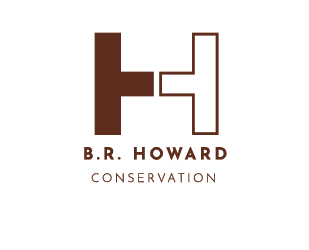About this project
In 1795, General Artemas Ward purchased this carriage and since then has been stored on his Ward House property, now part of Harvard University. B.R. Howard was contracted to provide carriage conservation services to this unique chaise.
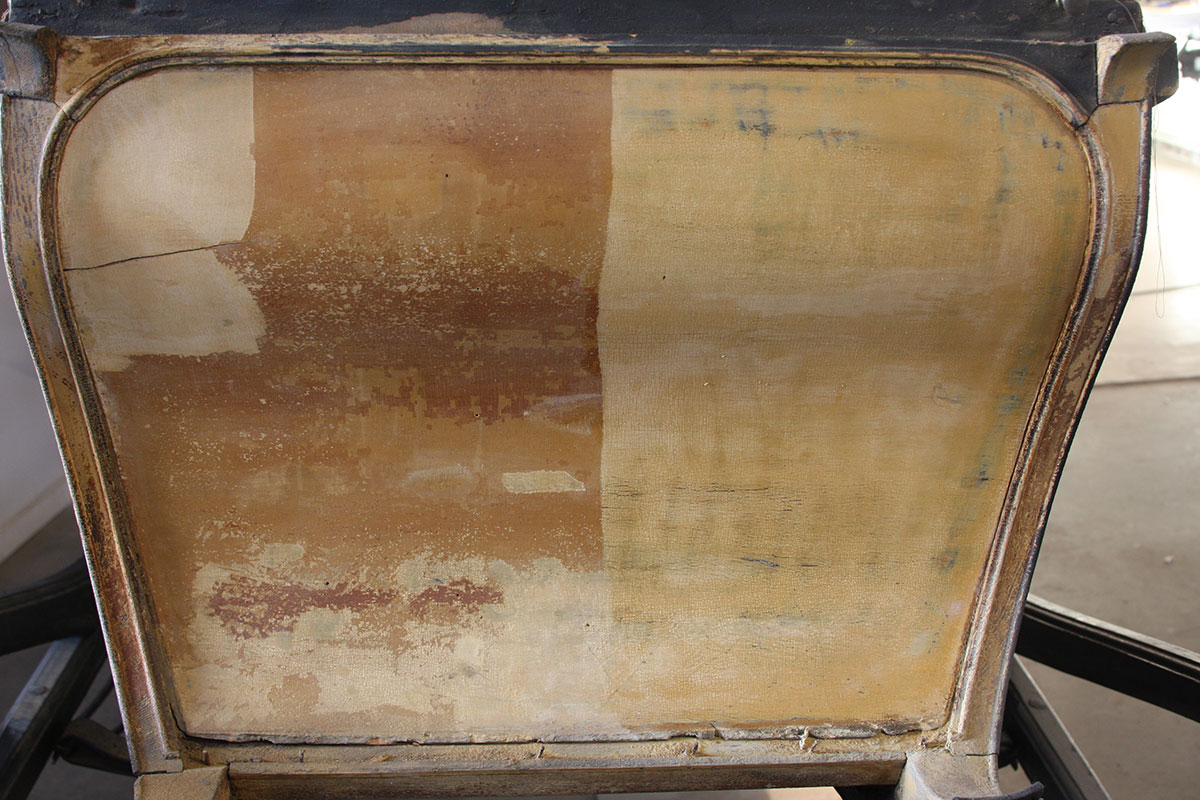
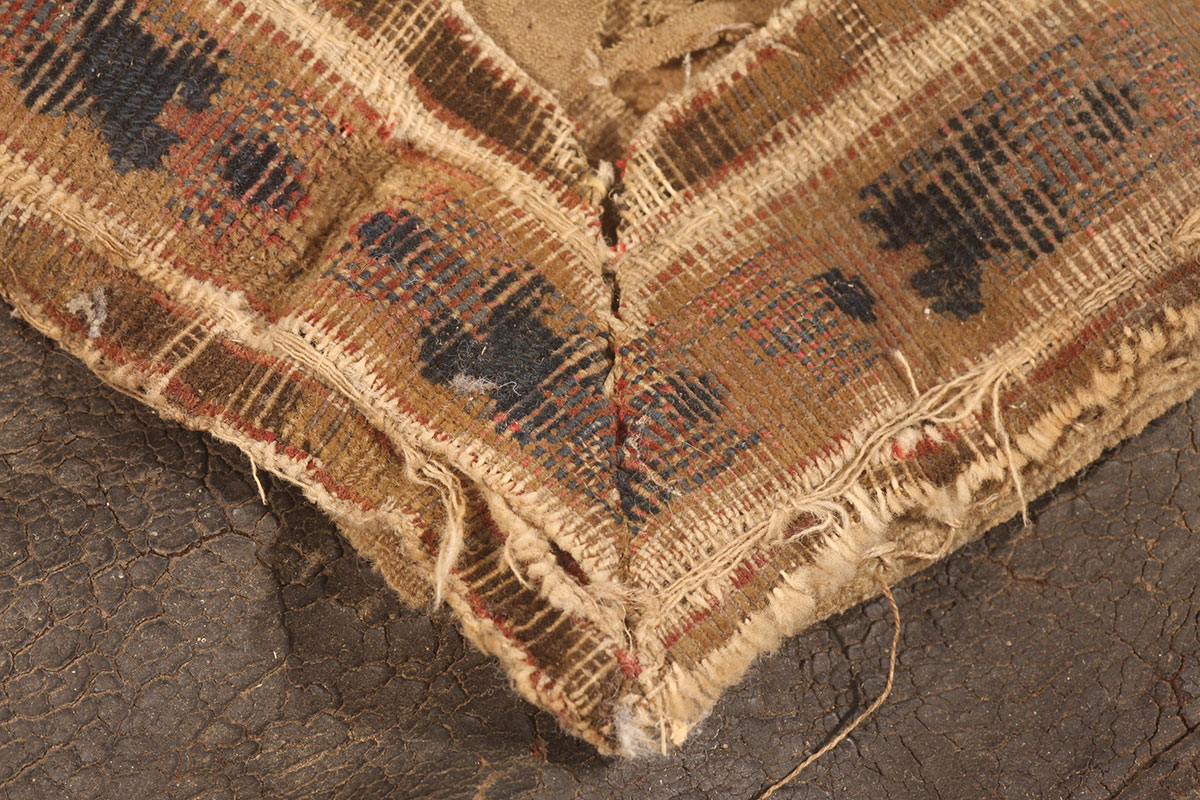
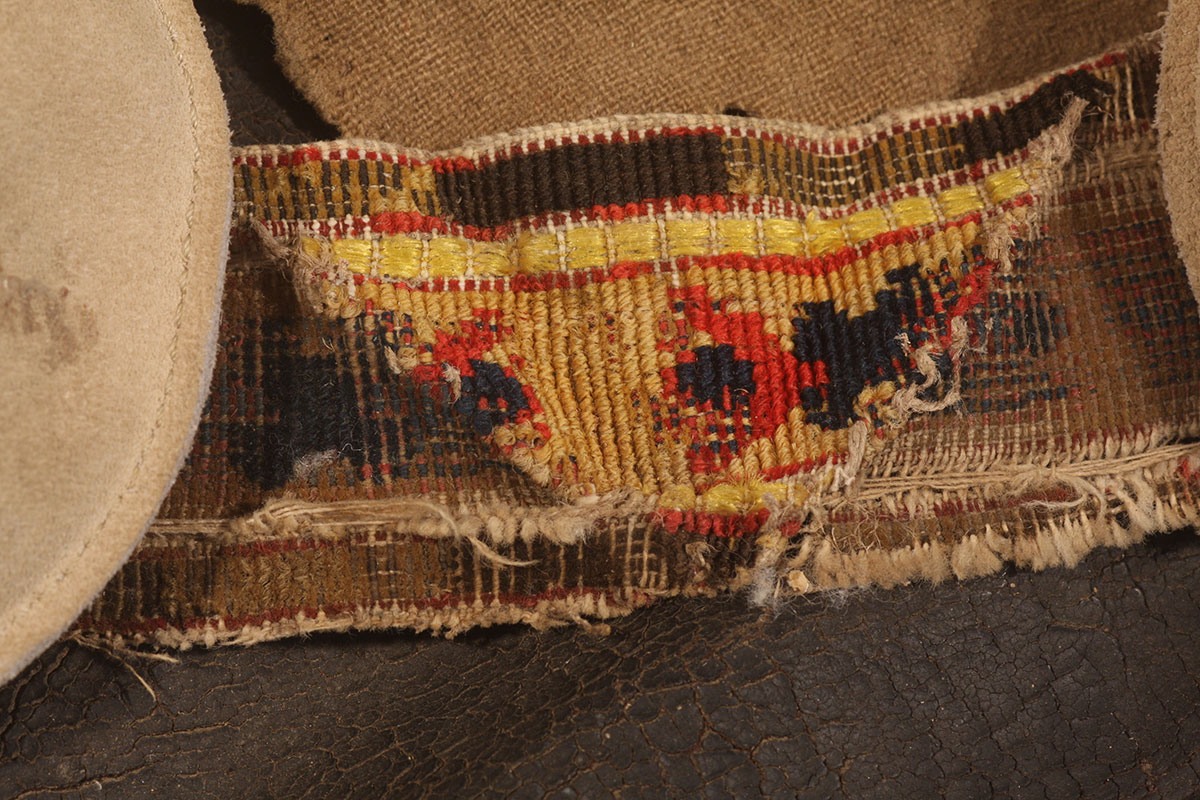
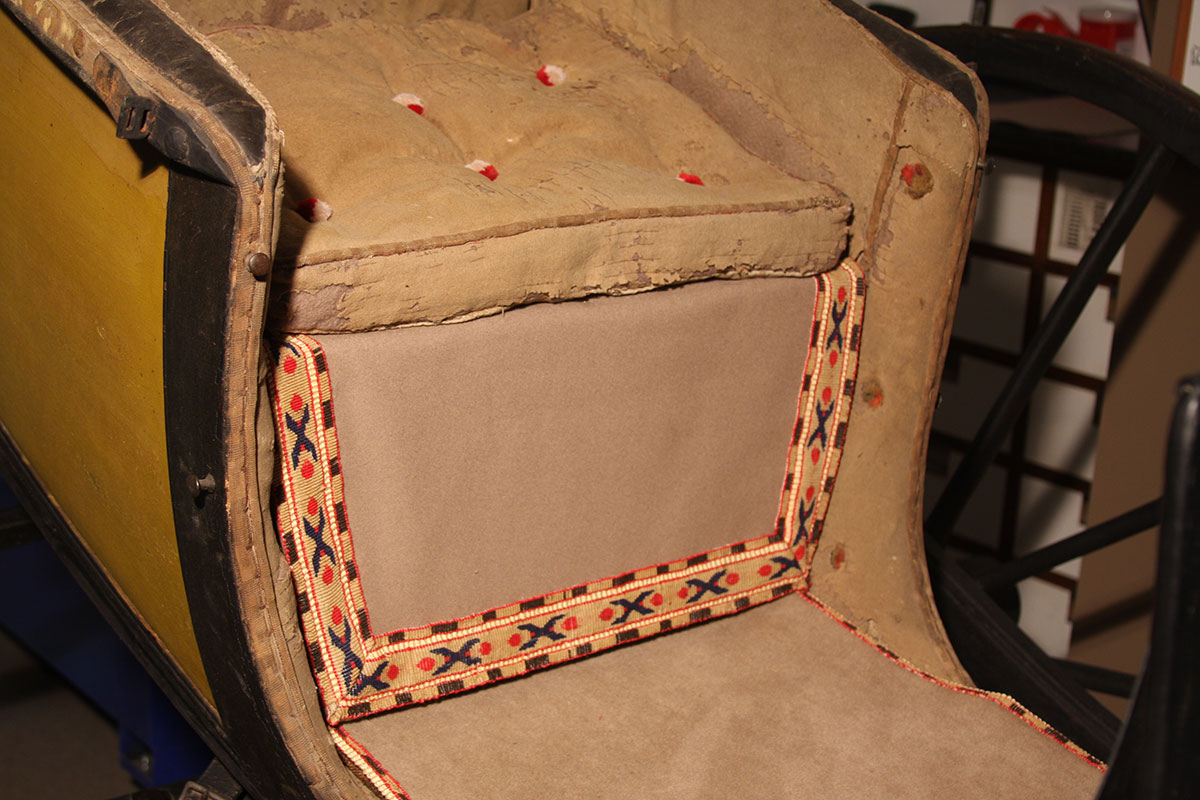
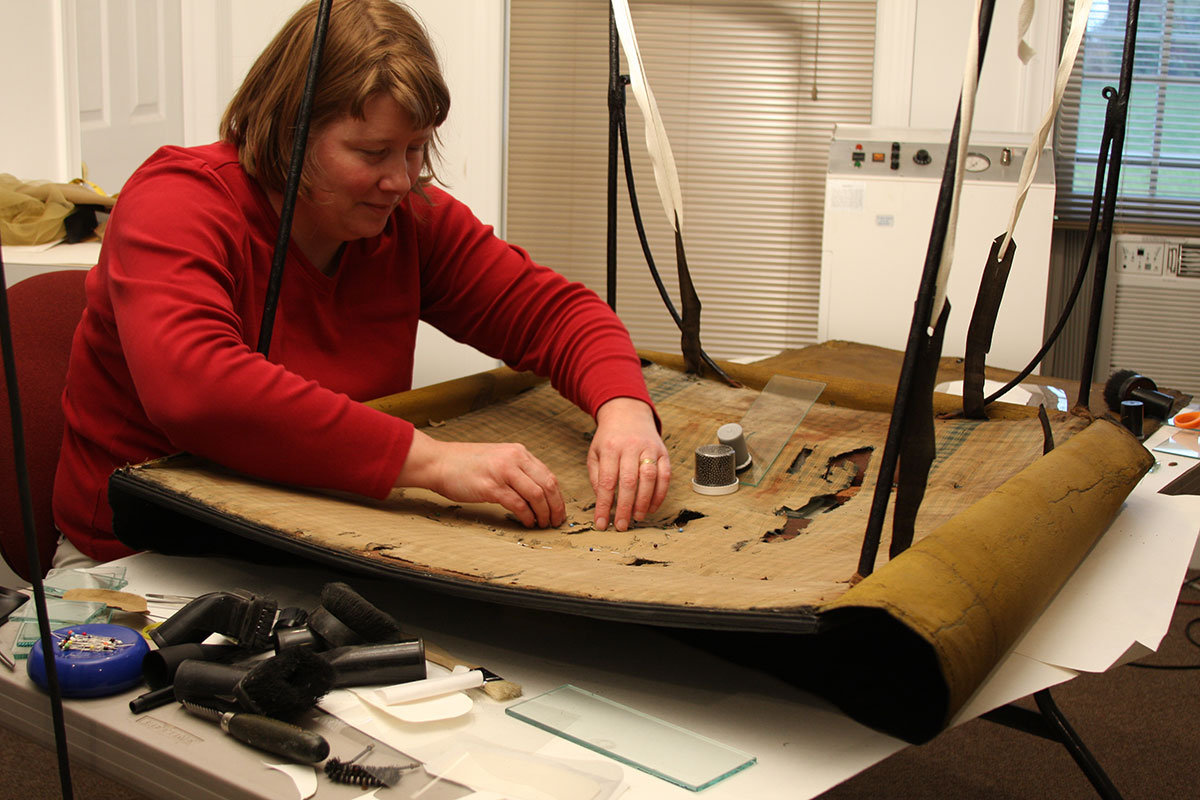
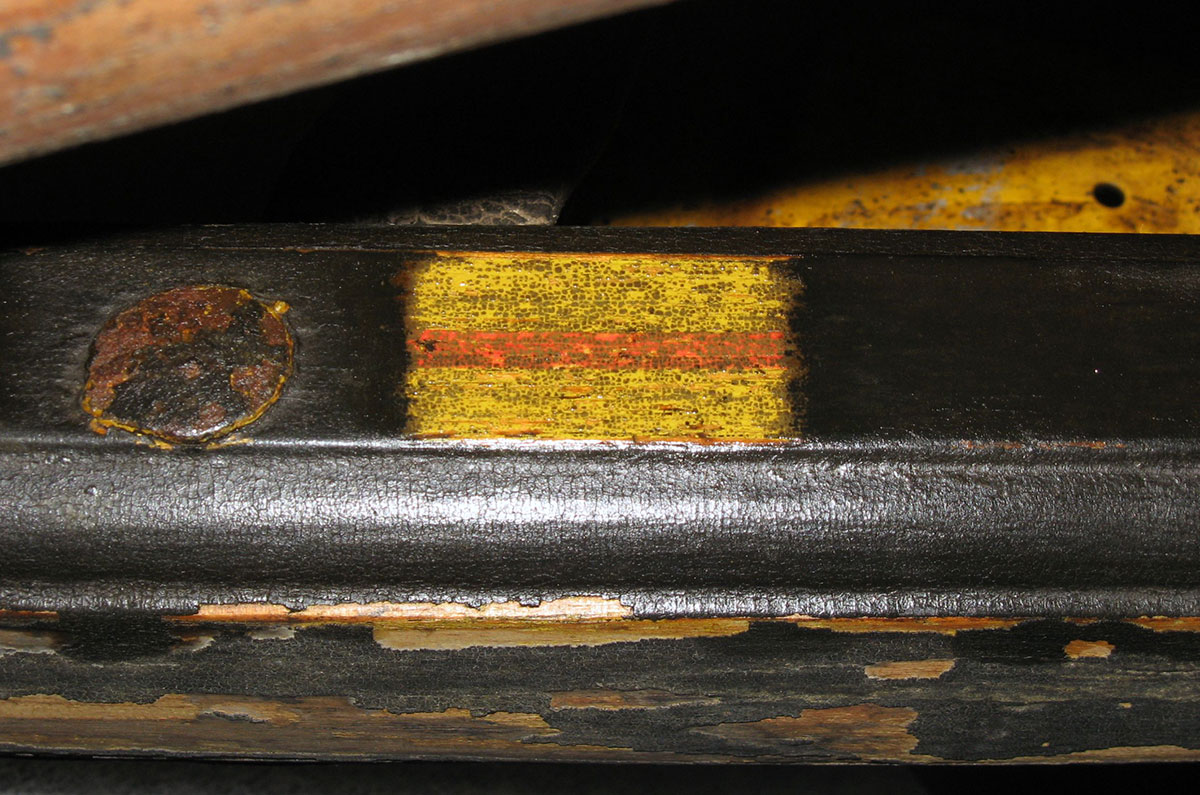
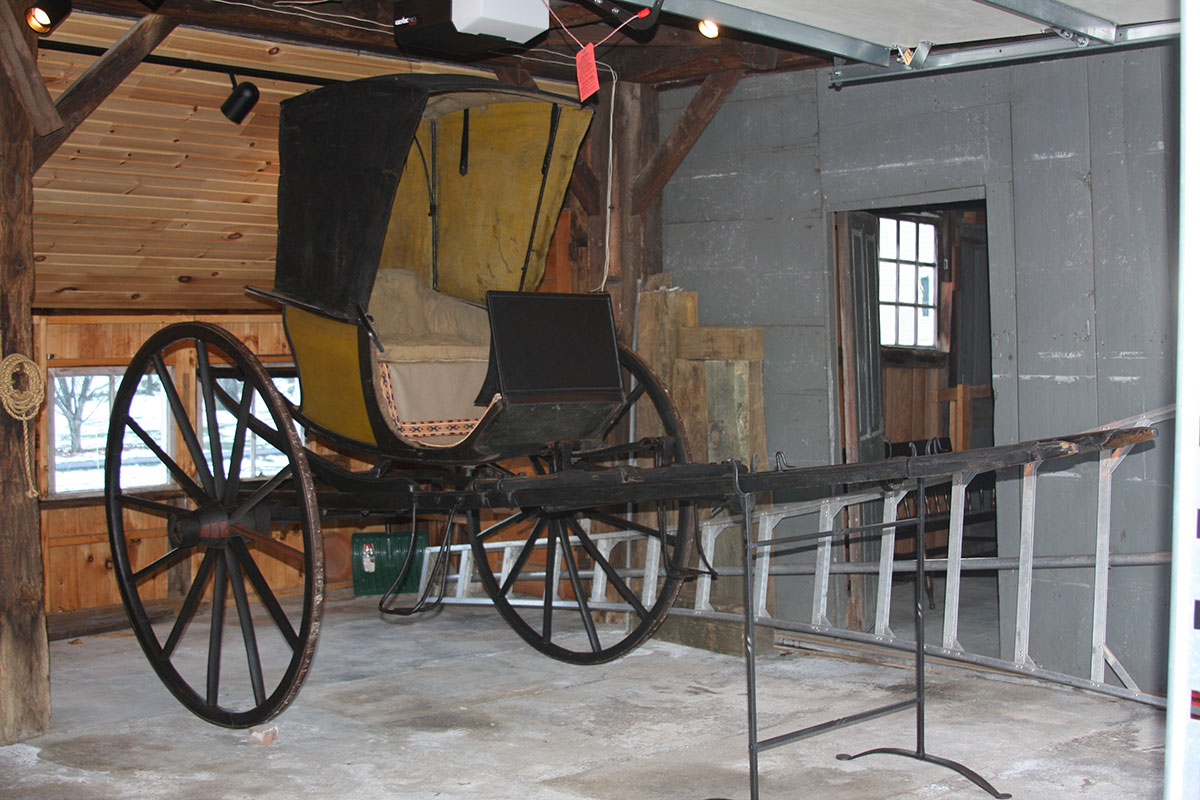
What we did
The carriage conservation treatment to this chaise was extensive and had numerous overall treatment objectives including:
- Stabilizing the actively flaking paint, iron corrosion, and original textile and leather components
- Preserve all materials in archival storage and all evidence of historic use and modifications
- Replicate missing components based on remnants of surviving originals
- Prepare the vehicle for long-term storage in a non-climate controlled space
Before
After
The wooden seat platform and other areas were surface cleaned, while the body's overpaint was removed, in-painting was completed, and a final isolation varnish was applied. After discussions with the curator, it was decided to replicate the iron frame and recover it to match the leather currently found on the original frame. The damaged original frame and current leather covering were to be retained in the museum’s archives. The floor cloth was surface cleaned and a section of wool carpeting was edge bound and installed over the patterned floor cloth. Custom coach lace was recreated by Thistle Hill Weavers, Cherry Valley, NY.
The exterior of the leather top was carefully vacuumed and a new section of canvas was stretched over the torn painted canvas and painted after fully dry. Missing leather tabs and straps were made using a section of black dyed vegetable tanned leather matching the one extant sample. The brown cotton lining was removed and the head liner was vacuumed using a HEPA filter. The headliner was stabilized and the losses visually minimized by inserting a custom dyed cotton fabric.
Before
After
The vehicle retains the original hand wrought iron frames used to create what are described as “wings” in Fellow’s Treatise on Carriages dated 1796. These “wings” bolt through onto the upper horizontal body framing, just above the side body panels. The proper right wing has lost its original covering of leather, on the underside, and wool broadcloth and coachlace on its upper surface. The proper left wing was replicated and stamped with the year 2009 to distinguish it from the original. The cleaned frame was hot waxed using a black pigmented microcrystalline wax; excess wax was blotted from the surface with lint free cotton cloths. The two “wing” frames were then covered with black dye vegetable tanned cowhide.
Paint samples were taken from the chaise's running gear which was then consolidated, stabilized, and treated. In-painting was completed with reversible paints.
Need carriage conservation services?
See all of our carriage conservation projects and let us know how we can contact you.
